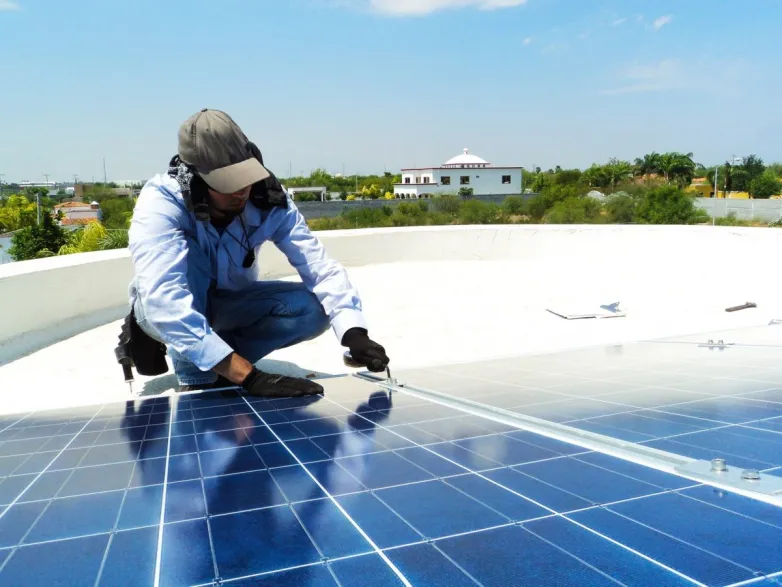New way to calculate proper tilt angle for solar panels
- An author from American research university has developed a new model to define the best tilt angle for photovoltaic modules at definite locations. According to the developer, the innovation can considerably improve the existing solar installation methods.

The method utilizes plenty of data from satellites regarding insolation level in any part of the globe at any moment. In contrast to varying time resolved insolation graph, the angle resolved characteristic does not depend on site or climate.
As Christian Schuster emphasizes, in order to angle the panel properly, both the location’s earth coordinates and the way the planet moves should be taken into account.
There are many factors that can influence local albedo and solar spectrum, such as water balance, polluted air or extremal temps. Anyway, the main characteristic to consider is solar spectrum. Any other parameter is somehow dependent on the latter.
The new technology can generate an accurate irradiance profile. However, it does not observe the correlation between the data from different sites.
The NYU researcher has used his model for comparing solar spectrum at several sites located in Nairobi, Cairo, Paris and Trondheim. The Norwegian and French locations have shown the most considerable losses within the visible light spectra. The Kenyan site has suffered most of all in the far-red range. The Egyptian data has remained closest to the standard of air mass 1.5.
The developer states that maximization of yearly insolation levels is not the only key to optimize the ground-mount panel’s tilt angle. Other solar data should also be taken into consideration. Such ecological factors as temp fluctuations, precipitations or contaminations cause a considerable influence on power production of a PV plant during its service life.
In case the tilt angle cannot be optimized for a particular installation, it can be done vice versa. Reflective properties of a solar module should be adjusted to the angle resolved insolation data, mostly affected by astronomical conditions.
Also read


